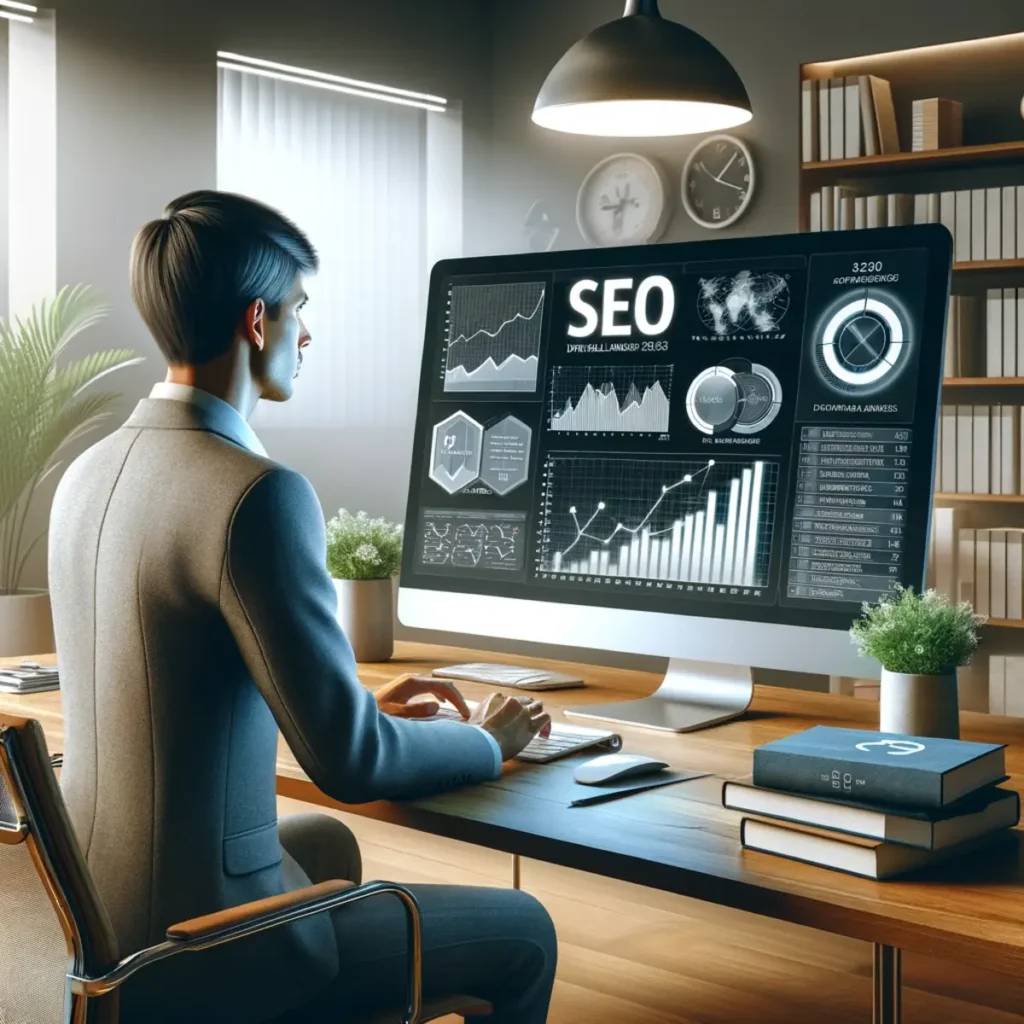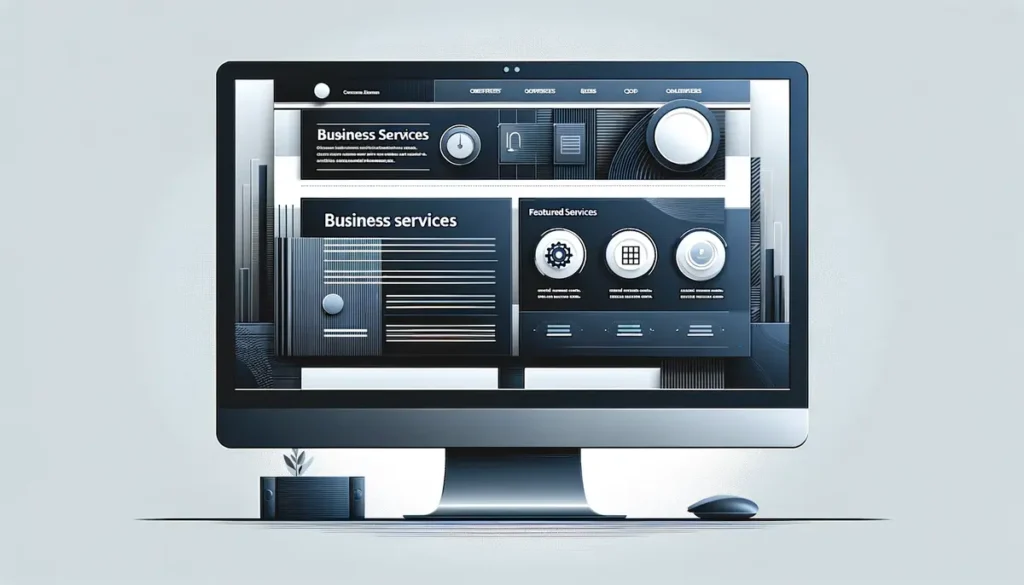A website’s success hinges on more than just aesthetics. SEO (Search Engine Optimization) and web design are intertwined disciplines that, when effectively combined, enhance a site’s visibility, user experience, and overall performance.
The Essence of SEO in Web Design
What is SEO and Why It Matters
SEO involves optimizing a website to improve its visibility in search engine results. It’s not just about incorporating keywords but understanding how search engines index and rank websites. A well-optimized site can attract more traffic, increasing engagement and conversions.
The Role of Web Design in SEO
Web design influences how search engines perceive a website. Factors like site structure, mobile responsiveness, and user experience directly impact SEO. A well-designed site facilitates easier crawling by search engines, enhancing its visibility.
Critical Principles of SEO-Driven Web Design
The structure of a website is crucial for SEO. A clear, logical site architecture helps search engines and users navigate the site efficiently. We’ll explore best practices for creating an SEO-friendly site structure.
Speed Optimization
Website loading speed is a critical factor in both SEO and user experience. This section covers techniques to enhance site speed, such as optimizing images, leveraging browser caching, and reducing server response time.
Responsive and Mobile-Friendly Design
With the growing dominance of mobile browsing, a mobile-friendly website is essential. We discuss the importance of responsive design in SEO and how it improves user engagement across different devices.
The Power of Content in SEO and Web Design
Content is a cornerstone of SEO. This section examines how to produce content that resonates with your audience and aligns with search engine algorithms, including keyword research and content strategy.
Integrating Visuals with SEO
Visual content, when optimized, can significantly boost a website’s SEO. Learn about optimizing images, videos, and infographics for better search engine visibility and user engagement.
Advanced SEO Techniques in Web Design
Metadata, including title tags and meta descriptions, is pivotal in SEO. This section teaches you how to craft compelling metadata that improves click-through rates and search engine rankings.
Implementing Schema Markup
Schema markup is a powerful tool that helps search engines understand the context of your content. We’ll explore using schema to enhance your website’s appearance in search results.
SEO and User Experience (UX)
UX is increasingly significant for SEO. We discuss how to design a user-centric website that not only pleases visitors but also ranks well in search engines.
Technical SEO and Web Design
Site Security and SEO
Website security, particularly HTTPS, is crucial for maintaining user trust and search engine ranking. Learn the importance of website security in SEO and how to implement it.
The Role of Backlinks
Understand how backlinks contribute to SEO and how a well-designed website can attract high-quality backlinks, enhancing your site’s authority and ranking.
Optimizing for Voice Search and Local SEO
Optimizing for these aspects is essential with the rise of voice search and local queries. We’ll cover strategies to make your website voice search-friendly and improve its local SEO presence.
Monitoring and Improving Your SEO
In the realm of SEO and web design, the ability to analyze and interpret website performance is crucial. This process involves more than just looking at visitor numbers; it’s about understanding how users interact with your site, what draws them in, and what might be causing them to leave.
- Traffic Sources: Understanding where your visitors are coming from—be it search engines, social media, or direct visits—can inform your SEO and marketing strategies.
- Bounce Rate: This metric shows the percentage of visitors who leave your site after viewing only one page. A high bounce rate might indicate issues with site content, navigation, or user experience.
- Page Load Time: Site speed is a critical factor in user experience and SEO. Monitoring how long your pages take to load can help you identify and fix performance issues.
- User Behavior: Tools like heatmaps and session recordings can provide insights into how users interact with your website, highlighting areas for improvement.
Learn how to use tools like Google Analytics and Google Search Console to track your website’s performance, understand user behavior, and make informed SEO decisions.
Data interpretation is key. It’s not just about the numbers; it’s about understanding what they mean for your website’s SEO and design. For instance, if certain pages have high traffic but low engagement, this might indicate content or design issues.
Your Journey to SEO and Web Design Mastery
At Index365, a great website is the perfect blend of beauty and brains – stunning design and innovative SEO strategies. Whether you’re looking to build a new site or revamp an existing one, we guide you through every step, ensuring your online presence is seen and remembered. Stay tuned for more insights and tips on mastering the art of SEO and web design!
